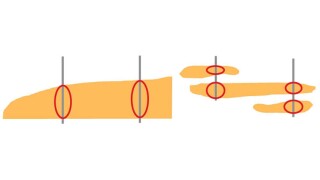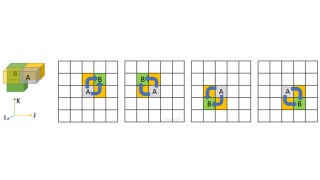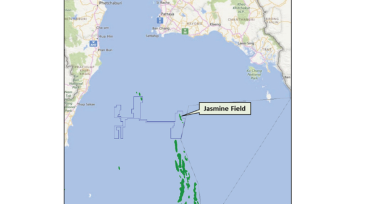Directional/complex wells
This paper discusses cases from the North Sea and offshore California in which high-fidelity pressure and dynamics measurements, combined with high-speed telemetry, helped overcome complex geotechnical challenges.
This paper describes an alternative lower-completion concept for developing Lower Wilcox reservoirs referred to as high-angle multifractured well design.
This paper presents an efficient mathematical optimization method for well placement that maximizes contact with the productive zones for the best locations in the reservoir.
-
The drilling of wells in shale and granite shares a common need—faster drilling is required to make it work.
-
The paper describes the experience of using a machine-learning model prepared by the ensemble method to prevent stuck-pipe events during well construction in extended-reach wells.
-
Artificial intelligence and machine learning, which can effectively mine deep insight from a large amount of drilling operational data and synthetic forward modeling data, are starting to shape the design and operations of extended-reach and complex wells.
-
This paper describes a successful U-turn trajectory test in South Texas that has created new economic project opportunities for the company and increased optionality within challenged lease spaces across the field.
-
Capitalizing on technology that originated with NASA delivers savings on directional drilling operations.
-
This paper presents a screenout-classification system based on Gaussian hidden Markov models that predicts screenouts and provides early warning.
-
The paper highlights two case studies to illustrate successful development of marginal prospects to unlock remaining potential.
-
This paper describes a study aiming to provide input for the well-completion-strategy design and operational parameters for a carbonate reservoir experiencing electrical-submersible-pump failures.
-
This paper details new technologies and work flows implemented for Australian offshore wells to improve drilling efficiency while managing associated risks.
-
The paper demonstrates the application of an interpretable machine-learning work flow using surface drilling data to identify fracable, brittle, and productive rock intervals along horizontal laterals in the Marcellus shale.













